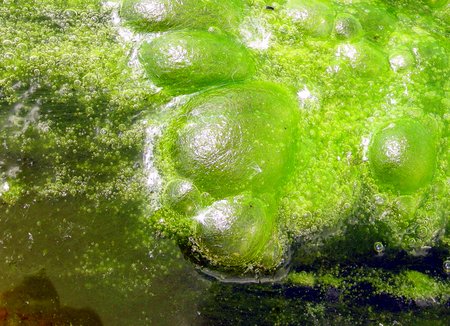EPA Plans to Improve Transparency of Clean Water Act Enforcement
The EPA plans invest in improve the agency’s enforcement of NPDES permit compliance via on-line dissemination of the compliance status of firms discharging waste into public waterways.
To clean up our nation’s waters, Administrator Jackson’s memo directs EPA OECA staff to devise a new action plan to achieve the following:
(1) Make clean water enforcement information more transparent. Administrator Jackson wants to “improve and enhance information that is available through the EPA Web site on compliance with the Clean Water Act and the level of enforcement activity in each state… [including] performance of individual businesses as well as state and national performance.”
(2) Raise the bar for clean water enforcement performance. The Administrator wants to bring strong, consistent and effective enforcement actions against those who violate the Clean Water Act. She has asked EPA staff to “boost [their] enforcement presence.”
(3) Launch a major shift of EPA’s clean water information systems. The Administrator wants data on facilities’ discharges and their compliance status to be available to “federal and state regulators and the public, over the web, [and] on a real-time basis.” For example, the Enforcement and Compliance History Online (ECHO) Web site displays inspection and enforcement information for various permitted dischargers under the Clean Water Act. But it only reflects compliance and enforcement records that local, state and federal entities have entered into the federal database.
Good on the EPA for moving in this direction. Its probably a bit overdue.

